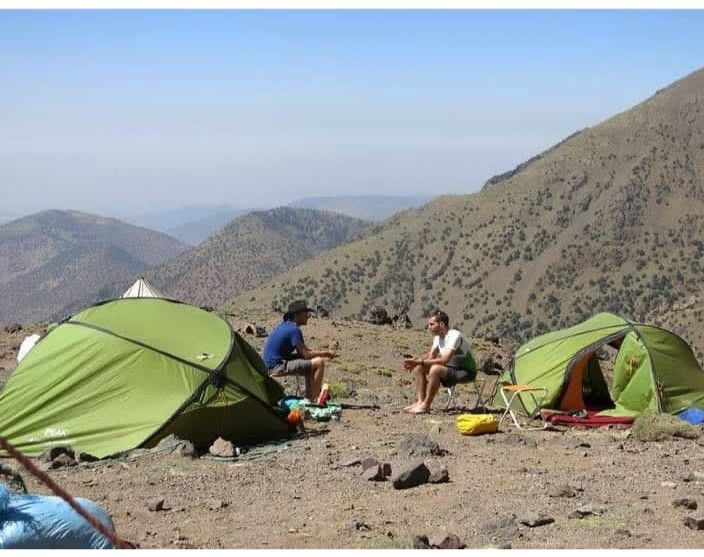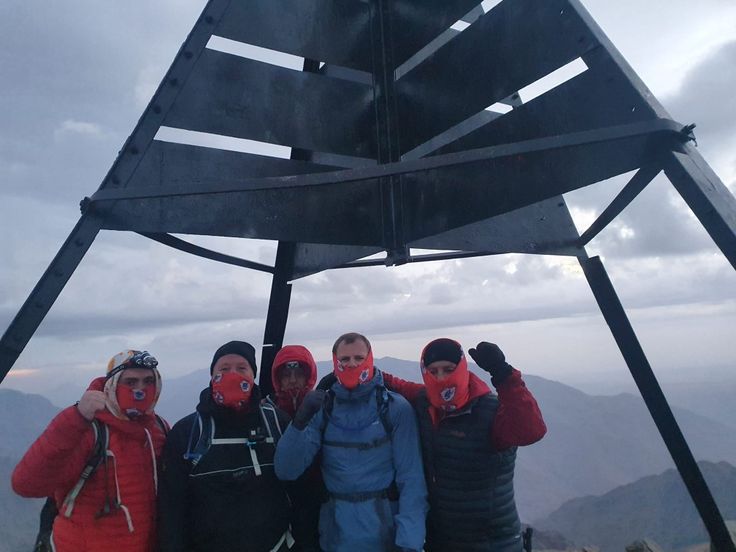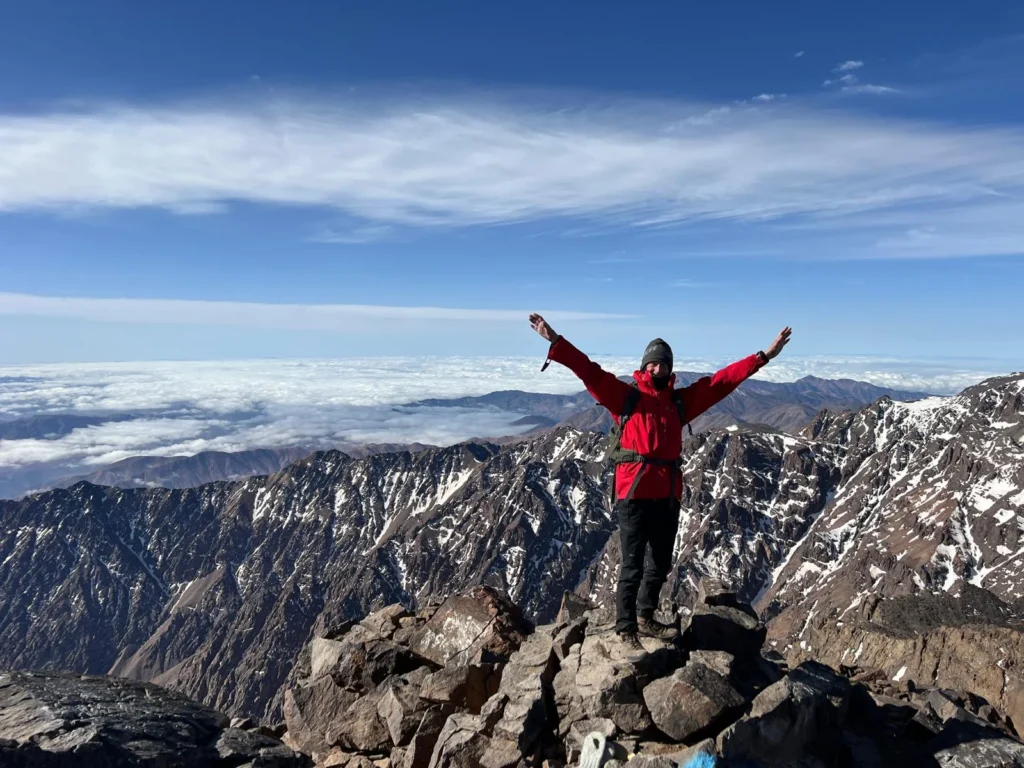Preparing for a trek in the Atlas Mountains requires careful packing, as the weather can change dramatically from day to night and from one altitude to the next. The key principle is layering, so you can easily add or remove clothing to stay comfortable.
Here is a comprehensive Atlas Trekking Kit list, broken down into categories to help you pack efficiently:
1. Essential Clothing
- Base Layers: Moisture-wicking short and long-sleeved t-shirts (synthetic or merino wool). Avoid cotton, as it absorbs sweat and can make you cold.
- Mid-Layers: A warm fleece or soft-shell jacket for warmth. A down or synthetic insulated jacket is also crucial, especially for higher altitudes and cold evenings.
- Outer Layers: A windproof and waterproof jacket (a good quality shell like Gore-Tex is ideal) to protect you from rain and wind. Waterproof over-trousers are also recommended for winter or spring treks.
- Trousers: Lightweight, quick-drying trekking trousers. You can also get convertible trousers that zip off into shorts for warmer sections of the trek.
- Headwear: A wide-brimmed sun hat or cap for sun protection during the day, and a warm beanie or hat for cold nights and early mornings. A neck gaiter or buff is also very versatile for sun, wind, and dust protection.
- Socks: Multiple pairs of good quality hiking socks (merino wool is excellent). Bring at least one extra pair for each day, plus a thicker pair for sleeping.
- Gloves: Lightweight gloves for warmth, and possibly a warmer pair for colder conditions or high-altitude trekking.
2. Footwear
- Hiking Boots: Sturdy, waterproof hiking boots with good ankle support are essential for the rocky, uneven terrain. Make sure they are well broken-in before your trip to prevent blisters.
- Camp Shoes: A pair of sandals, crocs, or lightweight trainers for wearing around camp in the evenings, allowing your feet to air out.
3. Gear & Equipment
- Sleeping Bag: A 3-season sleeping bag is generally sufficient for most treks, but for winter or high-altitude climbs (like Mount Toubkal), a 4-season bag is necessary. Some accommodations provide blankets, but a personal sleeping bag is a good idea. A sleeping bag liner is also a great addition for extra warmth and hygiene.
- Backpacks: A large duffel bag or soft-sided rucksack (around 70L) to hold your main gear. This bag will be carried by mules. You will also need a daypack (25-30L) to carry essentials like water, snacks, a camera, and an extra layer.
- Trekking Poles: Highly recommended, as they reduce strain on your knees, improve balance, and provide stability on rocky trails. They can often be rented from local outfitters in Imlil.
- Headlamp/Torch: With extra batteries. Essential for navigating at night or in the early morning.
- Water: A reusable water bottle or a hydration bladder with a capacity of at least 2 liters. A water purification system (like a filter or tablets) is also highly recommended.
4. Health & Personal Items
- Sun Protection: High-SPF sunscreen (at least factor 30), lip balm with UV protection, and sunglasses with high UV protection (Cat 3 or 4).
- First Aid Kit: A personal kit with plasters, blister pads (Compeed is great), antiseptic wipes, painkillers, and any personal medications.
- Toiletries: Travel-sized toiletries, hand sanitizer, and a travel towel.
- Snacks: High-energy snacks like granola bars, nuts, and dried fruit.
5. Documents & Miscellaneous
- Documents: Passport, a photocopy of your passport, travel insurance details, and some cash (Moroccan Dirhams).
- Camera: With extra memory cards and a power bank, as charging opportunities can be limited.
- Optional Items: A book or journal, earplugs (if you’re a light sleeper), and a small lock for your duffel bag.
Important Note on Clothing Etiquette: While on the trails, functional trekking gear is completely fine. However, out of respect for local culture, it’s best to dress modestly, especially when passing through Berber villages. This means covering your shoulders and knees


